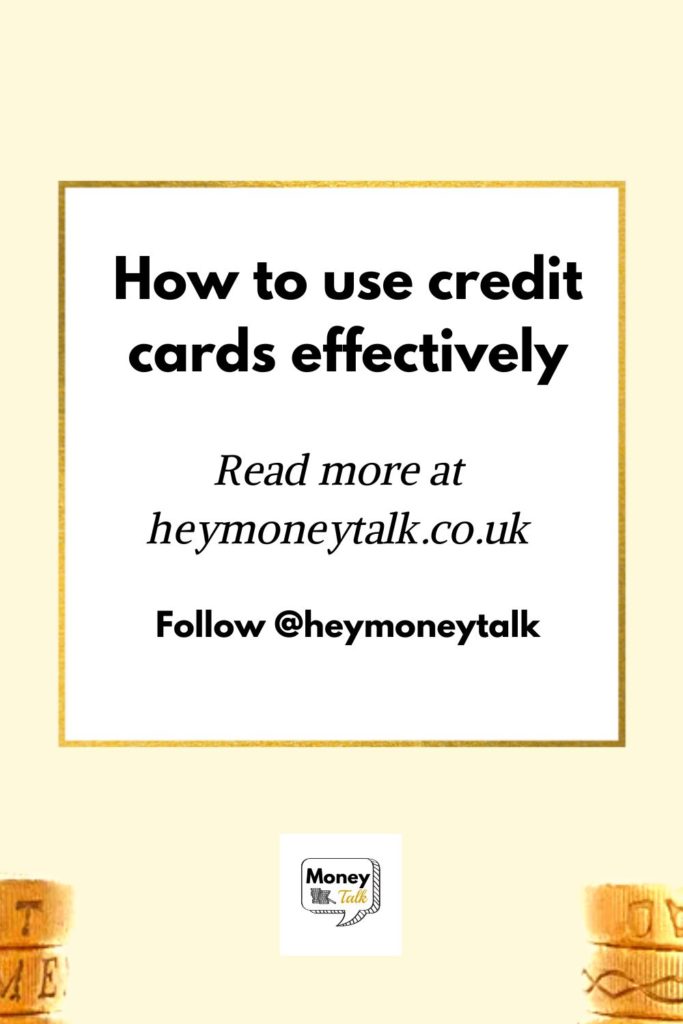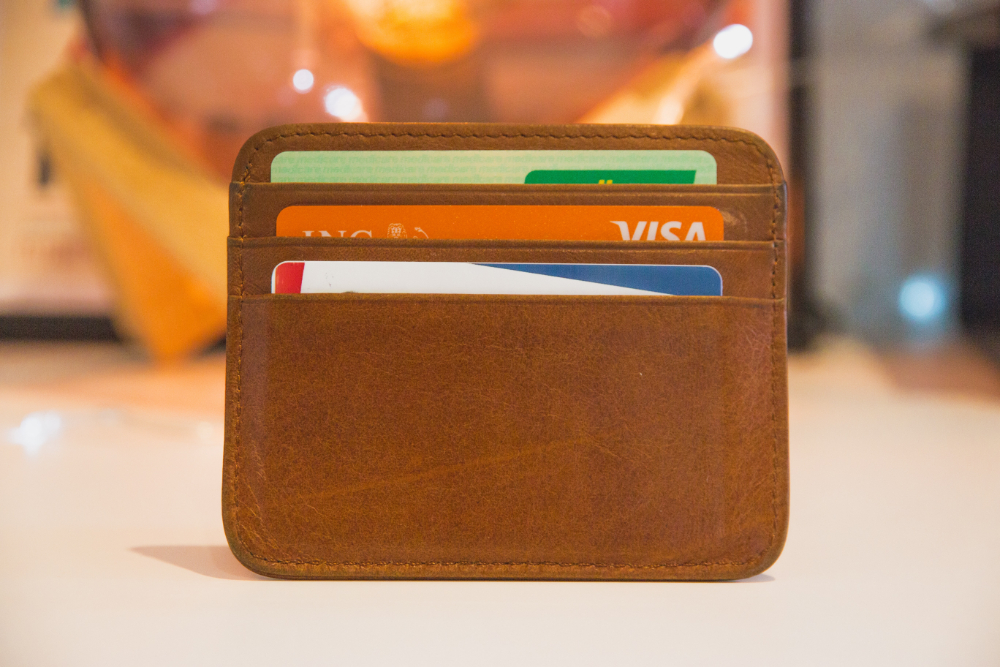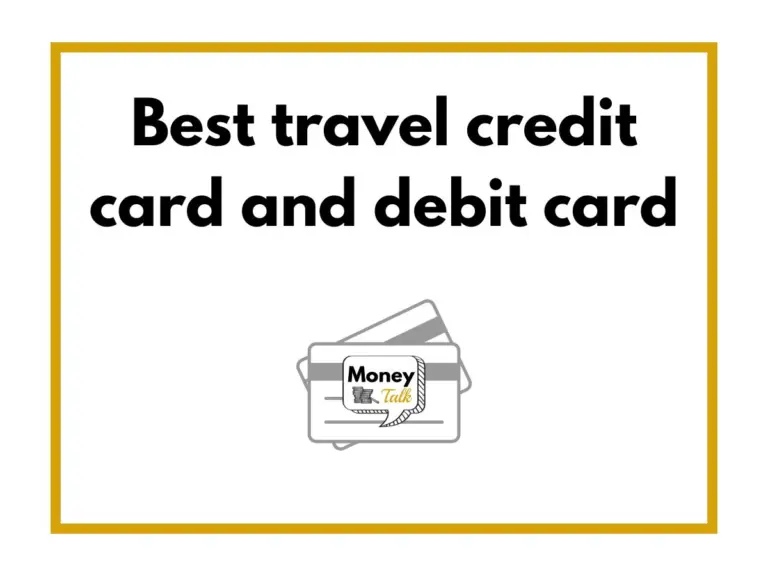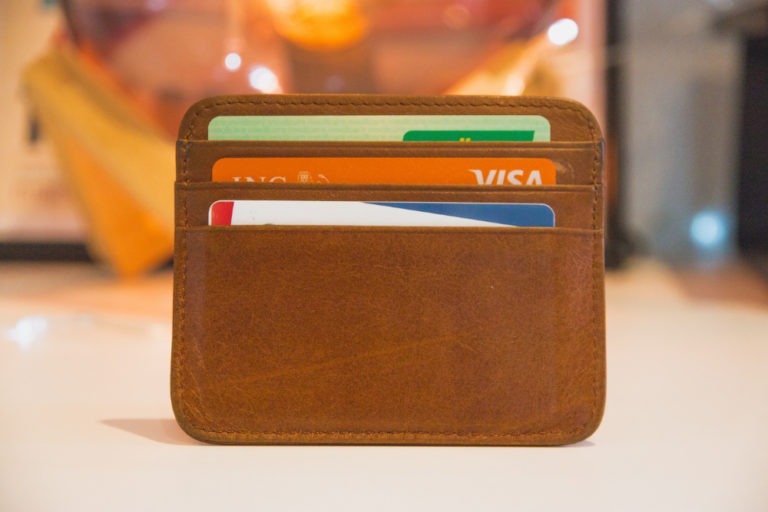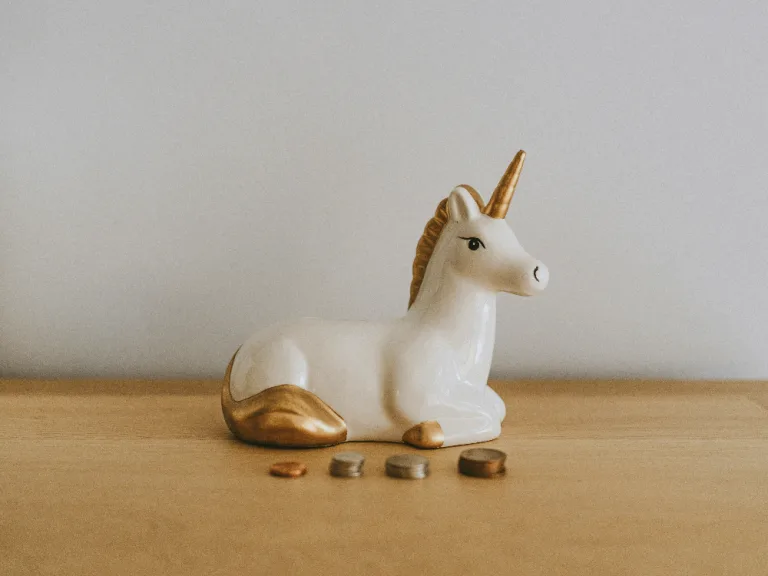How to use credit cards effectively
Money Talk is intended to inform and educate; it's not financial advice. Affiliate links, including from Amazon, are used to help fund the site. If you make a purchase via a link marked with an *, Money Talk might receive a commission at no cost to you. Find out more here.
I’ve had a credit card since I was 18.
The fact that you can use it to take advantage of between 45 to 59 days of interest free credit just seemed like a no-brainer to me.
And when they give you cashback or other rewards on top of that? Well, it’s almost too good to be true.
But the reality is, for some, credit cards can be problematic. And if credit card debt is left unchecked, it can lead to a debt spiral very easily.
So this edition of Focus is all about how to use credit cards effectively.
It comes from Dan at The Financial Wilderness, who created the website after seeing friends hit a variety of financial problems – some with money and not sure how to use it, and others running into problems with debts.
It inspired him to create a guide to help friends and other readers understand the world of finance and he now writes about everything from the best 0% interest cards to the best cards for those with low credit scores.
I often think of a credit card as being rather like a hammer.
Use it well and you have something that can be a very efficient tool to solve a problem in front of you. Use it badly and you’re likely to end up with a nasty injury that can leave you incapacitated.
As with most DIY, the key is to read the instructions and make sure you’re using the right tool for the job in front of you. That is, different financial situations mean you should approach card use in a different way.
And remember the golden rule: always try to pay off a credit card in full if you can as they’re a relatively expensive form of borrowing.
Most card providers will try to tempt you in by asking for a very small minimum payment on your spending.
But that’s a financial trap as your unsettled balance accumulates pretty fast in the background, and will continue to accrue interest as long as it’s not paid off.
And that’s why it’s important to pay off the full balance each month if you can.
Do you need a credit card at all?
Assuming you think a card might be for you, let’s look at some scenarios where they might be helpful.
If you have some debt
A credit card can be used as part of a plan to pay off debts.
Unless you’re already on a zero interest rate deal, you’ll want to look for a new card that offers a balance transfer.
The idea is to transfer your existing credit card balance onto a credit card where the interest rate is cheaper – if possible, one where there’s an introductory period with no interest charges.
It seems a bit odd to think that the solution to credit card debt can be a new card, but it’s really just a case of cost management.
The lower/zero interest rate gives you some breathing space where the cost of paying the interest is reduced, which means some extra cash that can be used to clear the debt instead.
It’s really important to make sure you use that “no interest period” to ruthlessly pay down the debt and break the “credit debt cycle” – the easiest and most dangerous trap to fall into is thinking you can deal with your debt later and just transfer the balance again.
That cycle is problematic for two reasons.
You can find that lenders will start to refuse to lend to you when you’re repeatedly switching cards, and after the introductory period ends, the interest rates will go up again and you’re back to having a debt burden that’s difficult to manage.
Planning is your friend here so make sure you have a strategy.
If you’re debt free and paying your balance off in full
If you’re in the nice position of being able to consistently pay off your balance in full, a credit card is still helpful because it can provide additional protection on purchases while also rewarding you for spending.
Let’s start with that additional protection – one advantage of a credit card over a debit card is that when you’re making a purchase of over £100, the credit card provider is obligated to provide “Section 75” protection.
What that means is that if something goes wrong with your purchase, it’s not just the seller that’s liable for refunds, it’s also your credit card provider. This provides extra protection in instances where you receive faulty goods but the seller isn’t upfront about refunds, or when the seller has gone bust.
In terms of the additional reward, you can get this by choosing a cashback or a rewards card.
They work by giving back a small percentage of your expenditure – usually as loyalty points/air miles or cashback on your spending.
The catch tends to be that some of these cards come with annual fees – however they can still provide a significant net gain if you’ll use the reward (and it’s important to make sure you will).
I will reinforce the message here that these cards should always be paid off in full.
There is no true “best card” in this space – it’s best to find a card that works for you as you’ll often be faced with flexibility vs maximising the reward on offer.
How to manage your spending
I’m going to close by just noting a few pointers on managing your card spending.
The biggest issue with a credit card is the fact that because you’re not handing over money, it often doesn’t really “feel like spending.”
The way to get around this is to consciously challenge yourself every time you’re about to spend. Do I need this item and is it worth it at that price to me?
I also recommend using an app connected to your card to track your spending.
Getting alerts when a spend happens is good for security reasons, but it’s also helpful to know your running total.
This way, you can start to take corrective action if you’re beginning to hit a point where you might not be able to pay your debts back.
If you are in debt or are feeling worried about your financial situation, it’s important to seek help. Charities such as Step Change can offer you tailored advice for free.
Pin this for later
